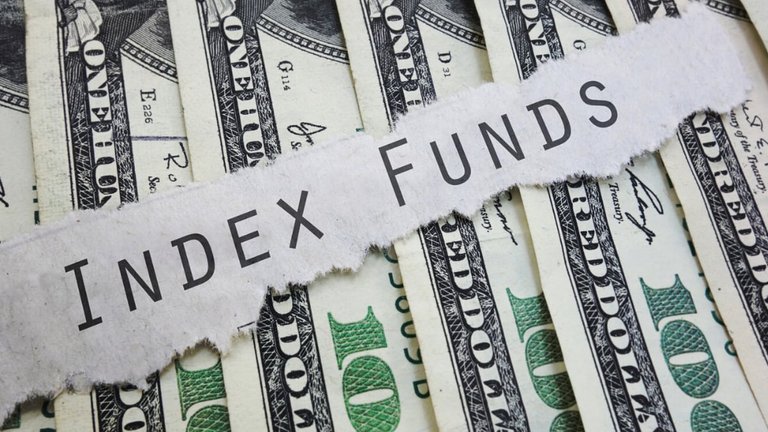We are seeing the merging of crypto along with traditional finance. This could be enhanced with a seemingly crypto-friendly adminstration taking over. It is also coupled with the same in the United States Congress.
The U.S. has lagged in regulation. Gary Gensler, chair of the SEC, took his exit on Friday, removing a major obstacle from the process. His adversarial role is well documented.
During the course of 2024, there were two major pushes for the cryptocurrency markets.
We saw the year start off with the spot Bitcoin ETF going live. This was followed, later in the year, by the same for Ethereum. The latter did not have the same impact but we saw a significant move after the Bitcoin ETF went live.
The second came during the election. While Trump's election saw a major bosst, the process started during the campaign as both candidates took pro-crypto positions.
As we sit here today, Bitcoin is over $100K with many speculating that alt-season could be around the corner.
So what could give a massive push in 2025? That is what we will take a look at.

Index funds: The Next Big Push For Crypto
It is easy to get sucked into the discussion about Bitcoin (and other crypto assets) becoming part of strategic reserves. While I do not discount this eventuality, we have to understand that governments can be slow in their process.
One thing that is hanging out there is the idea of index funds tied to crypto. This is no different than those set up by Wall Street firms for things such as the S&P. Basically, there will be a weighted average of a certain number of the top cryptocurrencies.
What this means is the digital assets will be purchased as more people buy into the funds. It is no different than the ETF except for the fact that it will contain a number of coins along with being weighted.
It is likely that Bitcoin gets included in this. However, it will also filter to other such as Ethereum and Solana.
There are a number of these products already offered, although not through the typical channels.
An example and how it could works is as follows:
Take J’JO Finance for example. The platform helps onboard investors with its J’JO35 Index, which automates investing in the top 35 digital assets based on market capitalization, readjusting every month as the tokens fluctuate. This provides investors with reliable assets at minimal risk, a diverse basket of assets, and the freedom and flexibility to not have to worry about studying, analyzing, and monitoring market trends. Since J’JO aims to onboard investors while prioritizing user satisfaction, its product can be accessed for free.
Like the ETF before it, this opens up the door for different types of accounts as well as institutions to get involved. For example, pension funds could simply by the crypto index fund, something they are precluded from doing at the moment. This will be traded like any other index fund out there.
Demand For Digital Assets
We are entering an era where the economy is going to be driven by AI. As I stated on a number of occasions, AI and crypto will be linked.
That said, Wall Street and big money players tend to not be cutting edge when it comes to their analysis. In other words, things have to hit them in the face before they acknowledge what is happening. It is a flaw in the analysis system that Wall Street utilizes.
For this reason, I expect the idea of AI and crypto to be well beyond the grasp for the majority of them. They are stuck in their old ways, trying to shoehorn new technologies into their old (and likely outdated) models.
Index funds, on the other hand, is something they understand very well. This could get the excitement of larger institutions as they figured out the demand for digital assets is going to increase.
What we would see is an expansion of the risk spectrum tied to cryptocurrency. Again, we have to take this from the perspective of institutions, and their clients, that are precluded from holding crypto directly.
The risk profile of the Bitcoin ETF would likely be considered safer, at least in the medium term, than an index fund. That sounds counterintuitive until we analyze the impact of Bitcon on the overall market. It still have an oversized effect.
For those who are willing to take on a bit more risk, this is where the index fund enters. It will likely suffer a greater drop during down periods. This means it will have a larger volatility range.
Of course, at some point, this will likely reverse. Once the altcoins gain enough market share, the influence of Bitcoin will wane. This potential exists, in my estimation, towards the end of the decade.
An index fund could also pull in crpto investors who want the exposure of many different coins and tokens without the hassle. Getting a hold of 20 or 30 tokens can be a nightmare to monitor (let alone hold). An index fund can remove that headache by simply combining it into one account, through a brokerage firm.
If this is approved in the United States, it could help to set off another wave in the market. Fortunately, there is a bill in Congress that already passed the House. If it gets through the Senate, it might provide regulatory clarity.
And with Gensler out of the way, some of the applications that are already in might get approved.
Posted Using INLEO